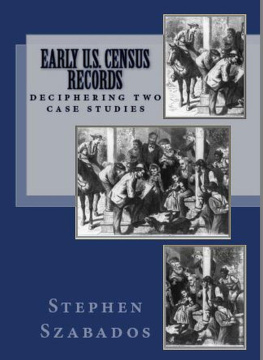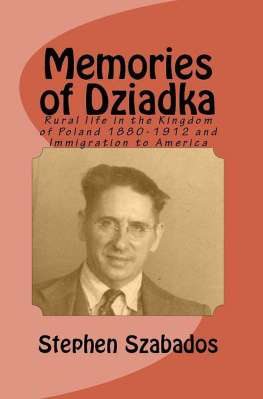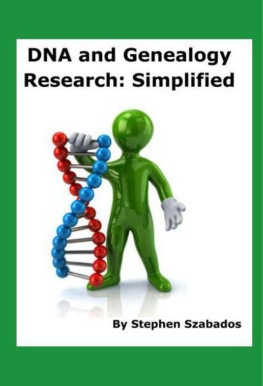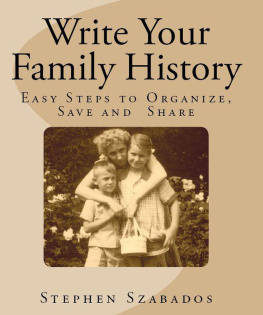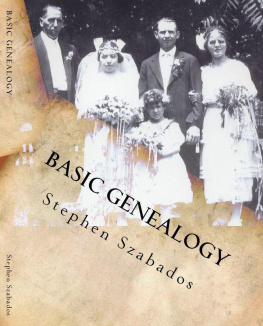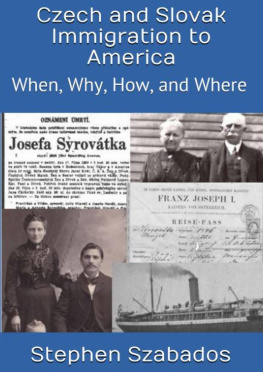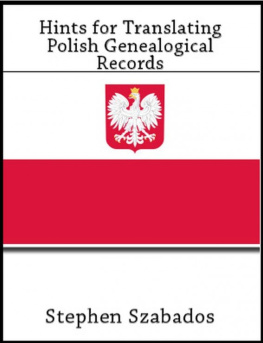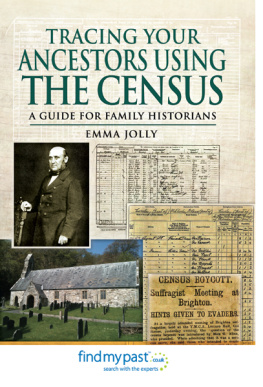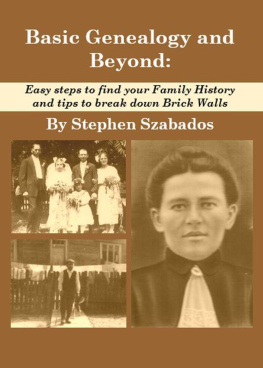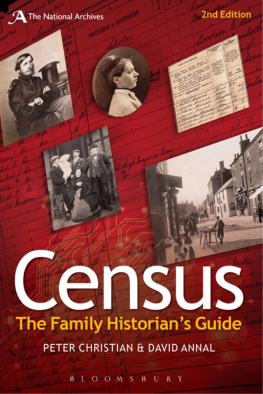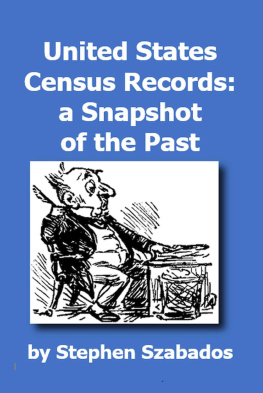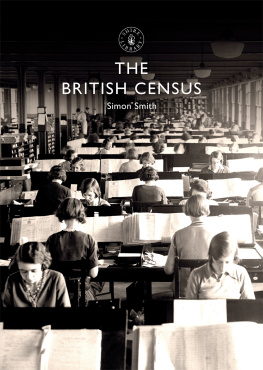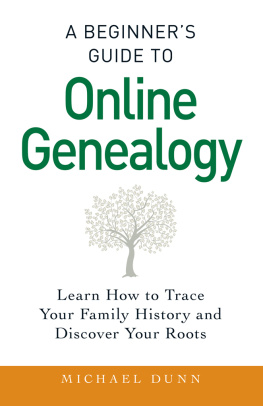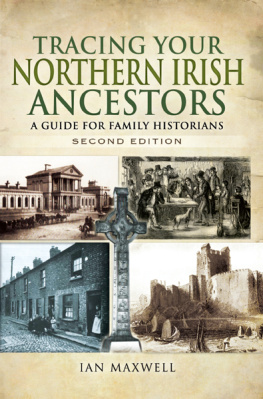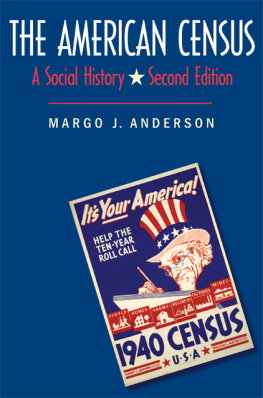Early U.S. Census Records: Deciphering Two Case Studies
Stephen Szabados
Published by Stephen Szabados, 2020.
While every precaution has been taken in the preparation of this book, the publisher assumes no responsibility for errors or omissions, or for damages resulting from the use of the information contained herein.
EARLY U.S. CENSUS RECORDS: DECIPHERING TWO CASE STUDIES
First edition. June 23, 2020.
Copyright 2020 Stephen Szabados.
Written by Stephen Szabados.
10 9 8 7 6 5 4 3 2 1
C ensus records are a snapshot of your family, and finding all of these records is a critical task in researching your family history. This book reviews two case studies that will give you hints on how to decipher the early U.S census, which is challenging to use because they list only the head of the household.
The U.S. Constitution was adopted in 1787, and Article One contains a mandate that we must take the Federal census every ten years starting in 1790. The primary purpose of taking a census is to count the population and set the number of members from each state in the House of Representatives. Counting heads and determining the number of congressional representatives does not require knowing the names of each household member. However, these early census records are challenging to genealogists as these researchers try to extend their family trees beyond the information included in the 1850 census records.
The information that the enumerator recorded on these early forms was simple and lacked most of the details that are seen in records from 1850 and later. The 1790 census was the first census and recorded three necessary pieces of information:
- The county and state of residence
- The name of the head of the household
- The number of people in each household
The 1800 census added questions:
- The gender and age range of household members
- The township of residence.
The 1840 census included some demographic information, but census records did not record the names and actual ages of the household members until 1850.
Here is a summary of the information included in the census records from 1790 through 1840:
State of residence all
County of residence - all
Township of residence 1800 and after
Name of head of Household all
Number of people in the household - 1790
Number in the household by gender & age range 1800 and after
Number of slaves- all
Number of free non-whites in the household -all
Deaf, dumb, blind, or insane 1840
Education and able to read & write 1840
Type of industry household members worked in 1840
Names of Revolutionary War pensioners - 1840
F or the genealogical researcher deciphering the census records from 1790 through 1840 presents more of a challenge because these records only give the names of the head of the household. To interpret these records, I use the following method:
- Use personal information, family trees and other information posted by other researchers as clues
- Develop a list of names and birthdates of children
- Look for embedded narratives in online family trees
- Look to see if the researchers listed their sources
- Also, search and post queries on Genforum.com and Rootsweb.com if needed
- Use non-census documents to help identify more facts
- Vital records (birth, marriage, and death)
- Cemetery records (county websites)
- Military (Colonial militia, Revolutionary War pension, War of 1812 military records and bounty land warrants)
- Search for published family history books and family genealogy websites.
- Search for narratives on specific individuals or anyone with the family surname (keep within a general geographic area).
- Familiarize yourself with the history of the area and focus on the dates for statehood, the formation of counties, and the approximate time your family moved to the locale plus when they left.
- Collect census records of all possible family members (same surname) in the same county for all years possible.
- Analyze and Compare census information
a) Compare the list of household members on the early census records to the known family members. Try to apply the known family members to those listed by gender and age group on the census records.
b) When analyzing the early records, eliminate the records that are missing family members that should be on the record (small children are best to try to match because teenagers may be living and working in another household.
c) Use non-census records to try to fill in the names of the remaining unknown household members (be sure to consider dates of deaths of parents and include aged parents in some households).
d) Compare results to online trees.
e) Try to confirm results with two different documents if not, keep searching for verification.
Focus, Focus, Focus:
- Location
- One family surname
- Gather a list ad then try to eliminate
- Do detail research of those who are left on your list
Initially, focus on the family name and do not worry about given or first names. After analyzing the information that you find, you will begin to assigning names to some of the household members and eliminating others.
Look for documents in later periods for anyone that may be a family member on associated with the family
Find the family and then work backward in time
Documents for siblings, cousins, aunts or uncles may lead you to your ancestor and his family group
The following pages will analyze two examples that will show the use of some of the tips outlined above.
Example #1 The Howard family of Cayuga County New York
T he challenge was to find the family and ancestors of Chauncey Howard. I found the following census records for Chauncey:
- 1830 living in Italy Township, Yates County, New York with wife, son, and two daughters.
- 1840 living in Locke Township, Cayuga County, New York with wife, four sons and two daughters.

